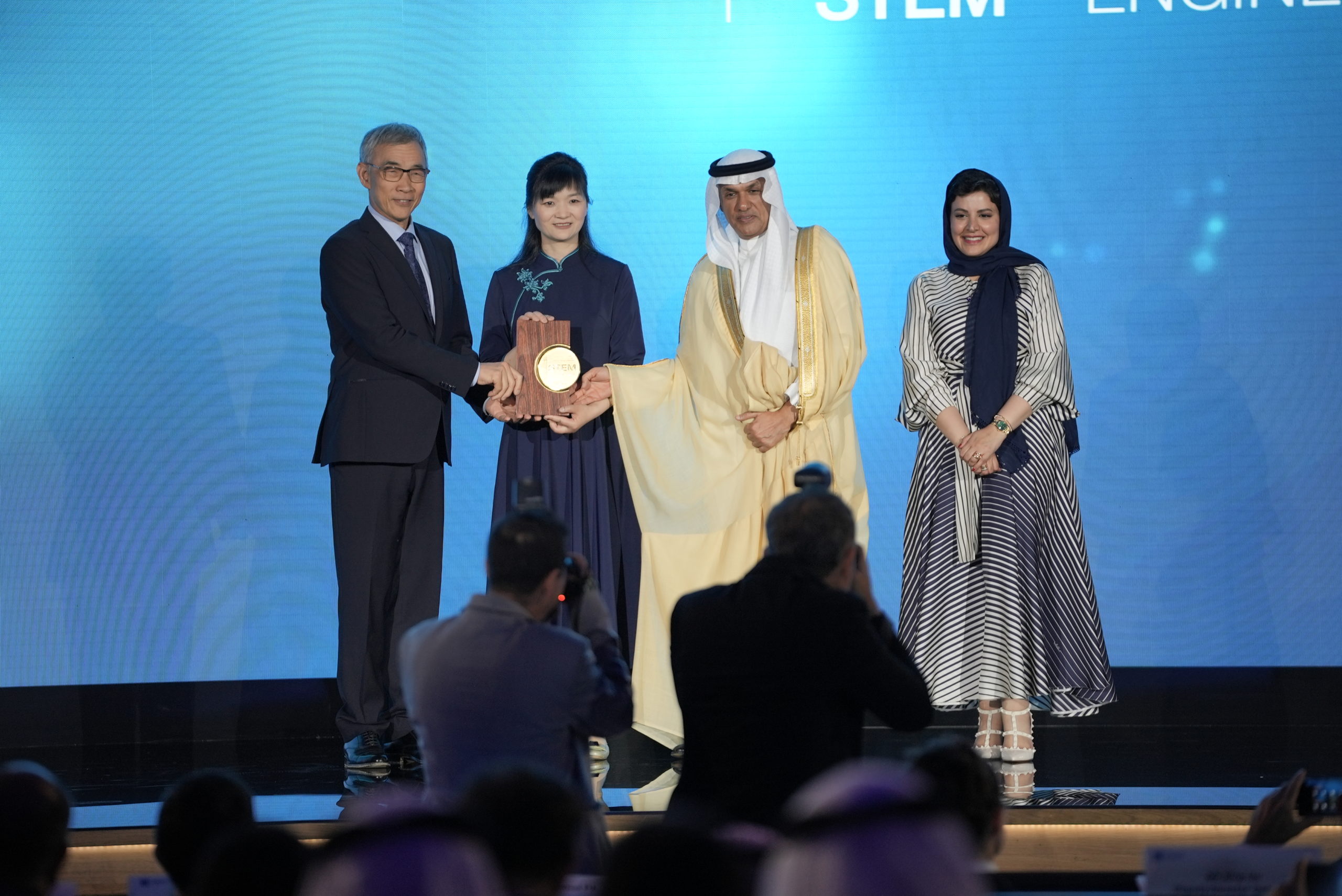


Prof. Fu’s research focuses on extracting DNA from ancient human remains and sediments, providing us with a fascinating glimpse into the evolutionary history of Eurasian populations, with a particular emphasis on East Asia. By constructing an intricate genetic map spanning the past 100,000 years, her findings shed light on the unique diversity of human populations and offer valuable insights into how our ancestors’ ancestries have shaped our genetic makeup and adaptive traits today.
One of the remarkable discoveries by Prof. Fu’s team revolves around populations related to the Tianyuan Cave individual. These populations were widely dispersed throughout East Asia prior to the Last Glacial Maximum, a period approximately 26,500 to 19,000 years ago, but seemed to have vanished by the end of this era. It was during this time that the earliest ancient northern East Asian populations emerged, accompanied by mutations in a gene responsible for skin tissue development. These mutations are associated with distinctive features unique to East Asians, such as thicker hair and a higher density of sweat glands. They reflect the influence of genetic selection in low ultraviolet environments. Around 14,000 years ago, the populations in northern East Asia remained relatively continuous and became the primary and well-supported source of East Asian ancestry in Native Americans.
Currently serving as a palaeogeneticist at the Institute of Vertebrate Paleontology and Paleoanthropology of the Chinese Academy of Sciences in Beijing, Prof. Qiaomei Fu continues to unravel the mysteries of our ancient past. Her pioneering research not only deepens our understanding of human history but also highlights the intricate tapestry of our genetic heritage.

Prof. Qiaomei Fu receiving the Prize